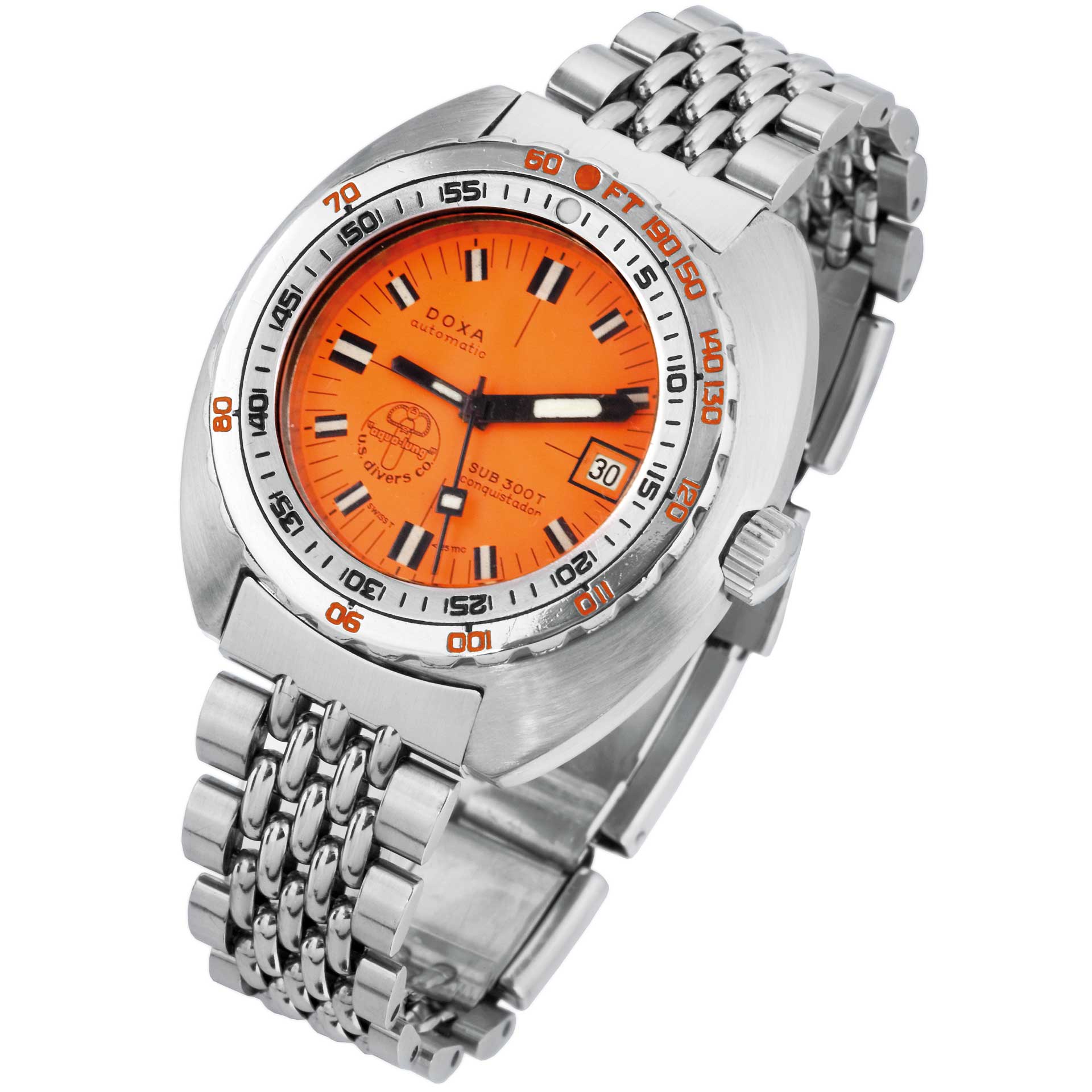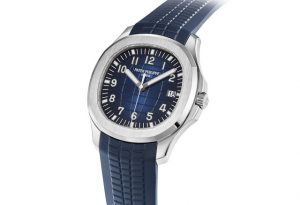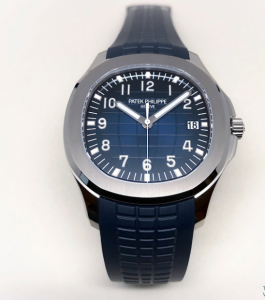
It was during the middle decades of the 20th century that the development of the Self-Contained Underwater Breathing Apparatus (SCUBA) allowed for the free-swimming exploration of the undersea world. What was at first a purely military endeavour suddenly became a pastime for anyone brave enough to strap on a tank and fins. Out of this burgeoning new activity came a specialised instrument – the diving watch.
It’s hard to believe nowadays, when diving watches are commonly worn by people who will never leave terra firma, that at one time they were seen more as a piece of equipment than a fashion accessory. The watches were built for pure utility, meant to be strapped on a wrist opposite a depth gauge and styled with an almost brutal, instrument-like aesthetic. The diving watch was built out of a need for tracking time underwater and its development followed that of diving itself, from military roots to recreational sport to commercial undersea work. Along the way, it evolved from being merely a tool to a symbol of adventure, favoured for its ruggedness well beyond the knocks and extreme pressure of the sea. The diving watch’s evolution from primordial sea creature to modern accessory for land-based bipeds has seen some significant milestones along the way.
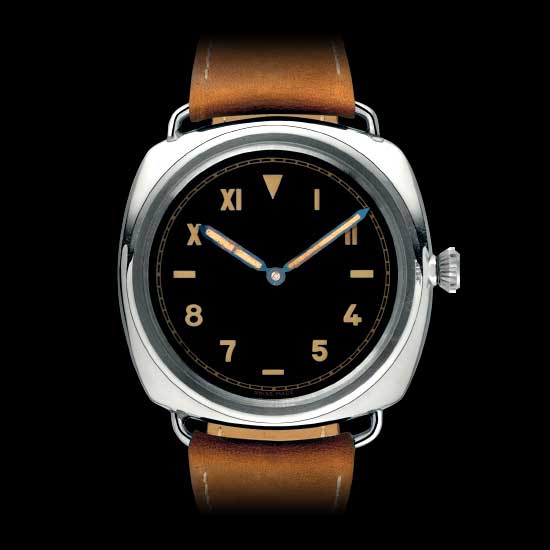
1) Panerai Radiomir
As with the development of so many things from the jet engine to GPS, the diving watch’s roots can be attributed to war, the Second World War to be specific. The Italian Navy’s elite underwater commando unit was executing clandestine missions, piloting manned torpedoes and planting limpet mines on enemy ships. They required a wristwatch that could not only stand up to immersion but also be legible in the dark night waters for coordinating attacks. They turned to Officine Panerai, a Florence-based supplier of instrumentation to the military.
Panerai was not a watchmaker at the time but sourced some large watertight cases and movements from Rolex and added their own luminous dials. Panerai was using a radium-based paint for compasses and depth gauges and it also proved ideal for watch dials, making them so legible on night manoeuvres that some commandos had to cover them up for fear of being seen. The Panerai Radiomir was undisputedly the first watch built purely for underwater timing but its limited use and the more advanced needs of free-swimming divers means that it can’t be called the true ancestor of the modern diving watch. That would come after the war.
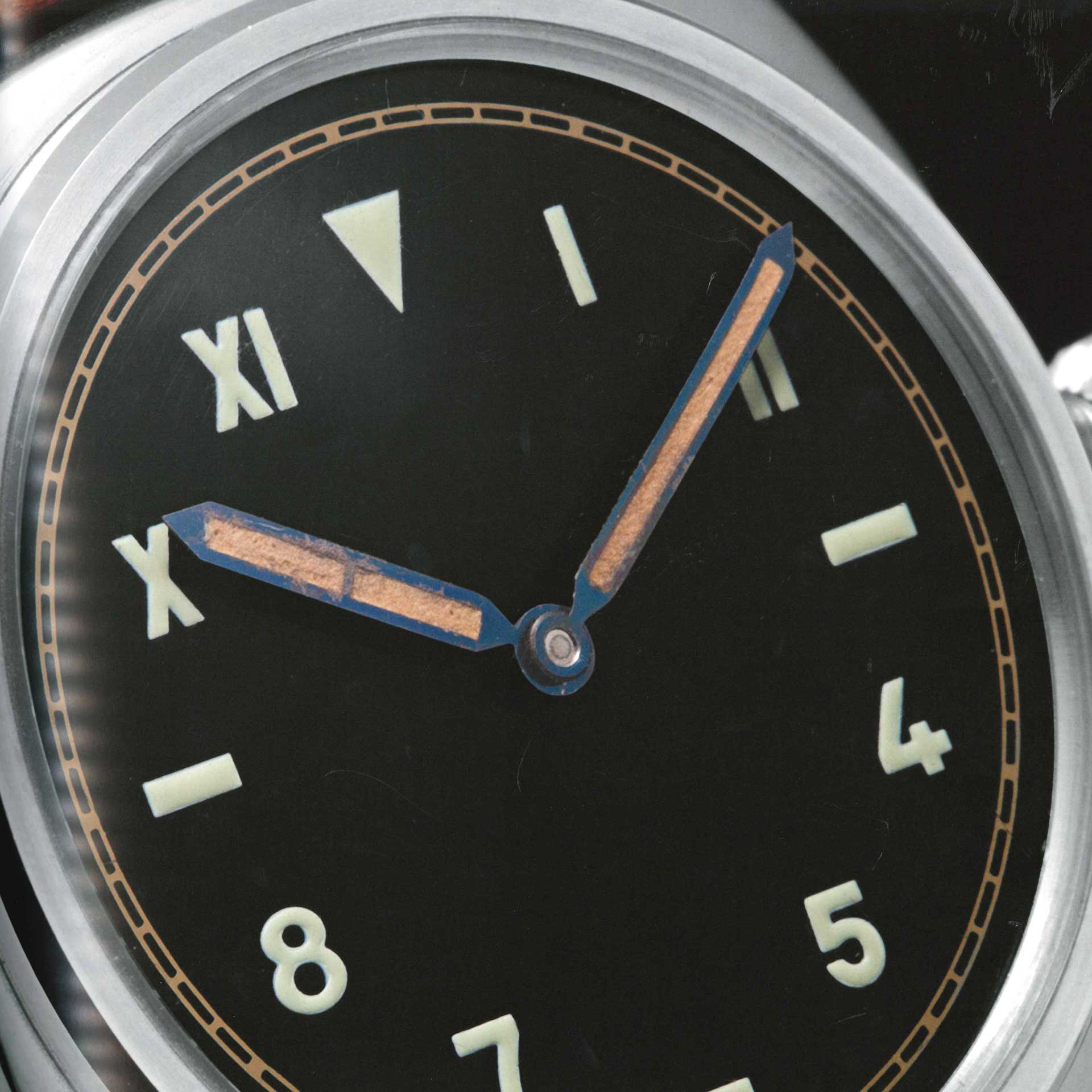
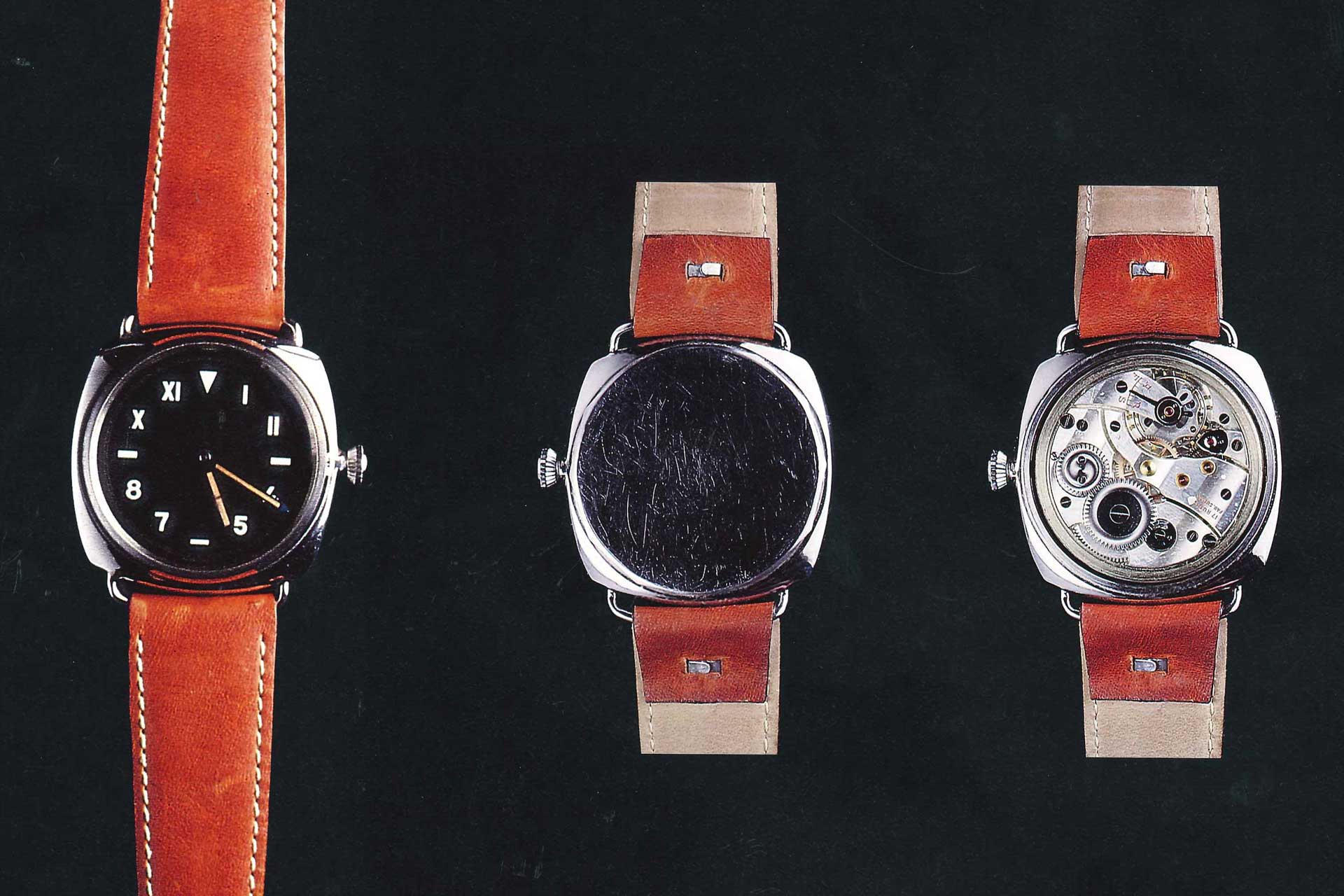
2) Blancpain Fifty Fathoms
In the early-1950s, France’s military was rebuilding its capabilities post-war and its own elite diving commandos needed a new watch. The leader of these nageurs de combat, Captain Robert Maloubier – who passed away in 2015 – sat down with his second-in-command, Claude Riffaud, and sketched out a watch that would meet the exacting requirements of scuba diving.
Diving on scuba requires tracking one’s “bottom time” since staying deep too long while breathing compressed air can risk decompression sickness (“the bends”). Thus the primary requirement of this new watch, besides being water resistant, was an ability to track elapsed time. A chronograph could do it, but extra holes in the case would be a risk and a simpler solution was the addition of a rotating bezel whose markings, in conjunction with the watch’s minute hand, could tell at a glance how long a diver had been underwater.
Maloubier approached the Swiss brand Blancpain with his sketches and in 1953, the Fifty Fathoms was born, the first true purpose-built scuba diving watch, named for the depth considered then to be the safe maximum for a diver. In addition to its trademark uni-directional bezel, the watch also featured a luminous dial and a screw-in crown, all elements still seen on most dive watches today.
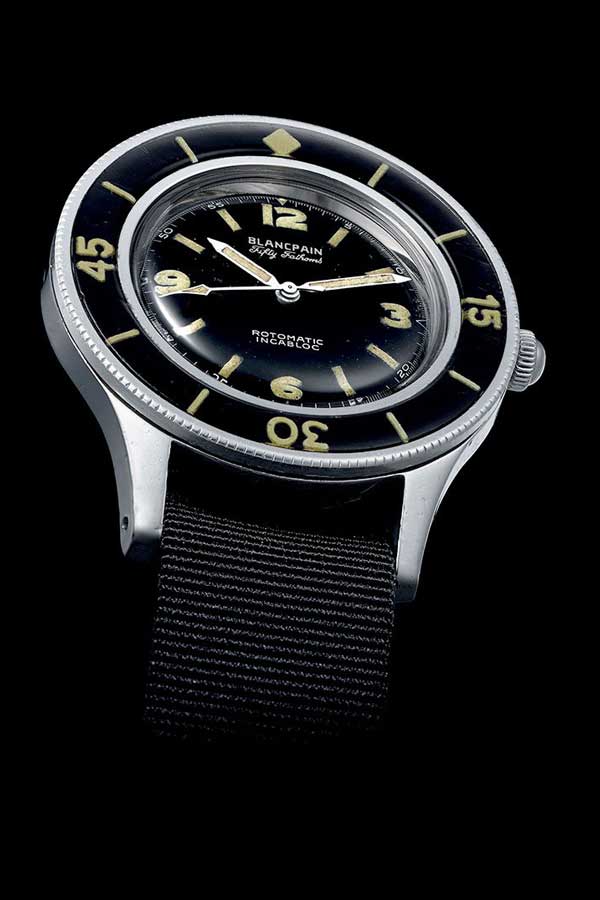
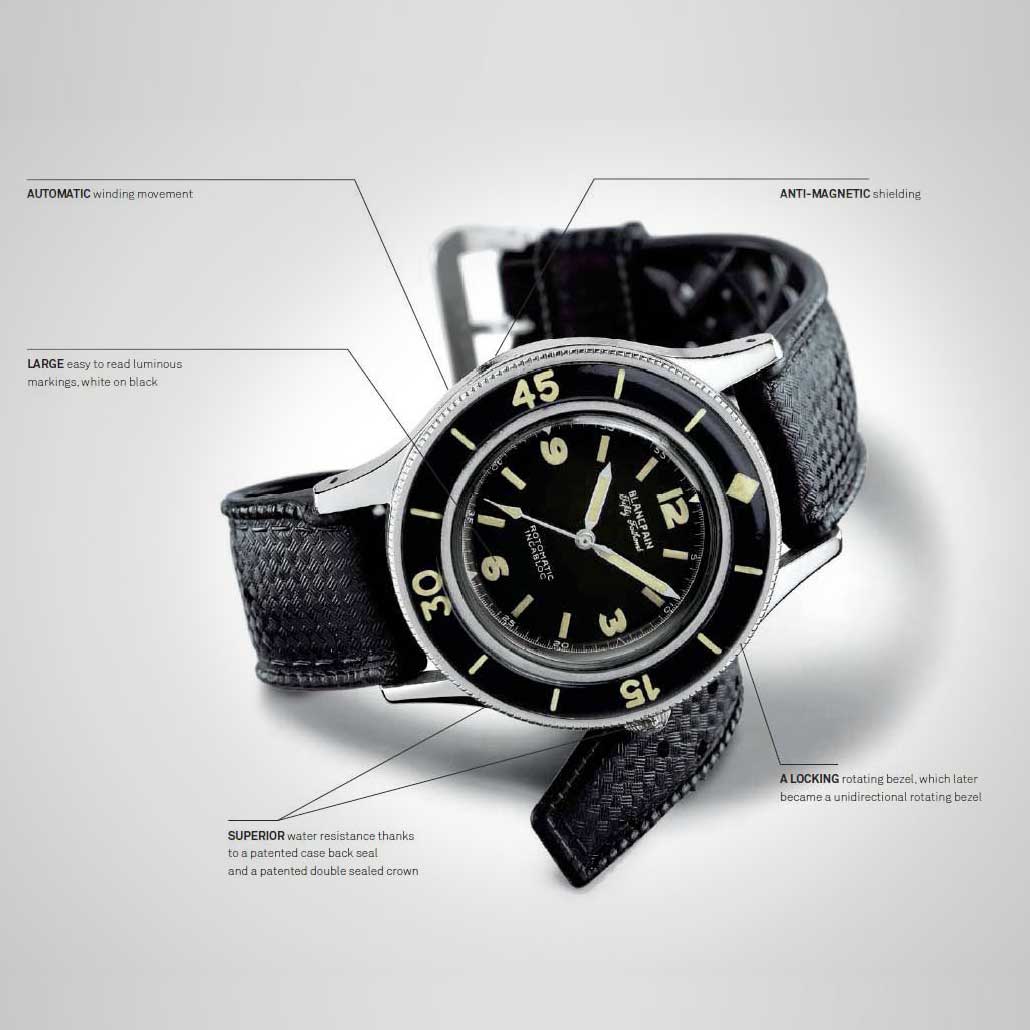
3) Rolex Sea-Dweller
By the late-1960s, diving had progressed to a point where living underwater for extended periods was not only possible but potentially a viable commercial and strategic advantage. Various entities were pursuing underwater habitation, from the US Navy with its SEALAB program, to Jacques Cousteau and his Conshelf project, to the French commercial diving firm, COMEX, which was using diving bells to allow its workers to remain underwater for hours while they welded pipes for the booming offshore oil industry.
Being deep underwater for longer periods means that a diver’s body tissue becomes saturated with the compressed gas he breathes. To combat the narcotic effects of the nitrogen in regular air, the gas is replaced with helium in both the air supply to the divers’ breathing regulators but also inside the chambers in which they live underwater. While this new heliox solved some problems, it also created a unique one – upon ascent and recompression to sea level air pressure, the tiny helium atoms that penetrated the watchcase during many hours inside the habitat, would rapidly expand and pop off the watch’s crystal.
Both SEALAB divers and COMEX approached Rolex with this issue, who responded with an innovative solution. A small one-way pressure relief valve was added to the side of the watchcase. As pressure inside built, the valve would open, releasing the helium. Rolex patented the gas escape valve and used it on its Sea-Dweller, a watch built for perhaps the narrowest target market: commercial and military saturation divers. Despite its niche appeal, the helium release valve is found on many dive watches today, much to the confusion of their owners, who will never find themselves breathing heliox hundreds of feet beneath the North Sea.
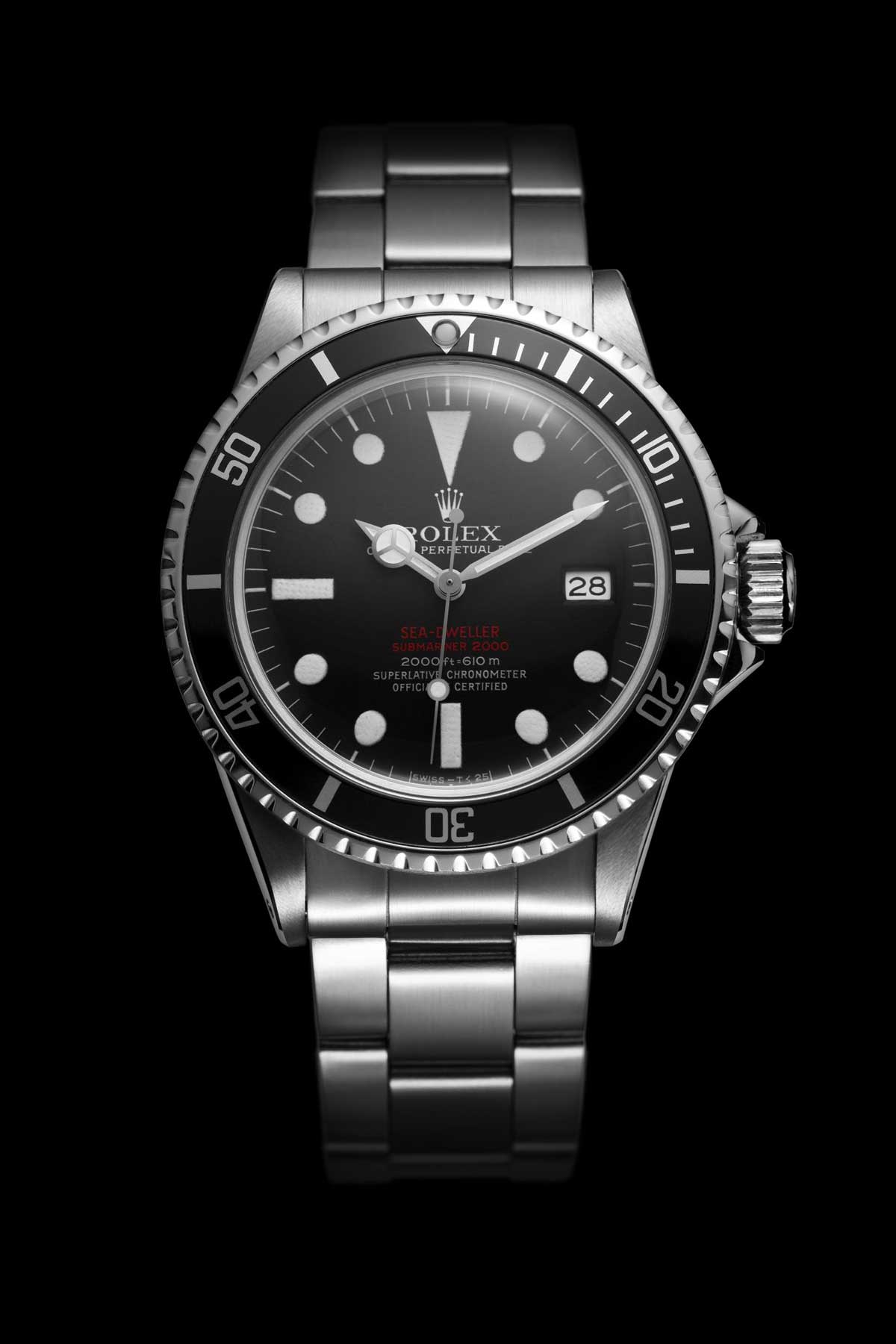
4) Omega Seamaster 600 Plongeur Professionel
At the same time COMEX was working with Rolex on the development of the Sea-Dweller, it was also in talks with Omega for the creation of their own commercial diving super-watch. Omega took a different approach to the helium gas problem. Instead of building in a relief valve, the company decided to simply make its watch impenetrable, even to the tiniest atoms. This led to the creation of a massive monobloc-cased leviathan officially called the Seamaster 600 Plongeur Professionel (Professional Diver) but known to most people today as the “Ploprof”.
The watch left any notion of everyday wearing behind; it was huge and heavy, with a squared-off profile. The crown protruded from the left side of the case, protected by a block of steel and its massive fluted bezel could only be turned by pressing a bright release button while twisting. The Ploprof was rated for 600m of water resistance but in reality, it was tested to more than twice that pressure. The watch took four years to develop, finally making its debut in 1970, though not to much commercial success, due in large part to its unconventional looks and gargantuan size.
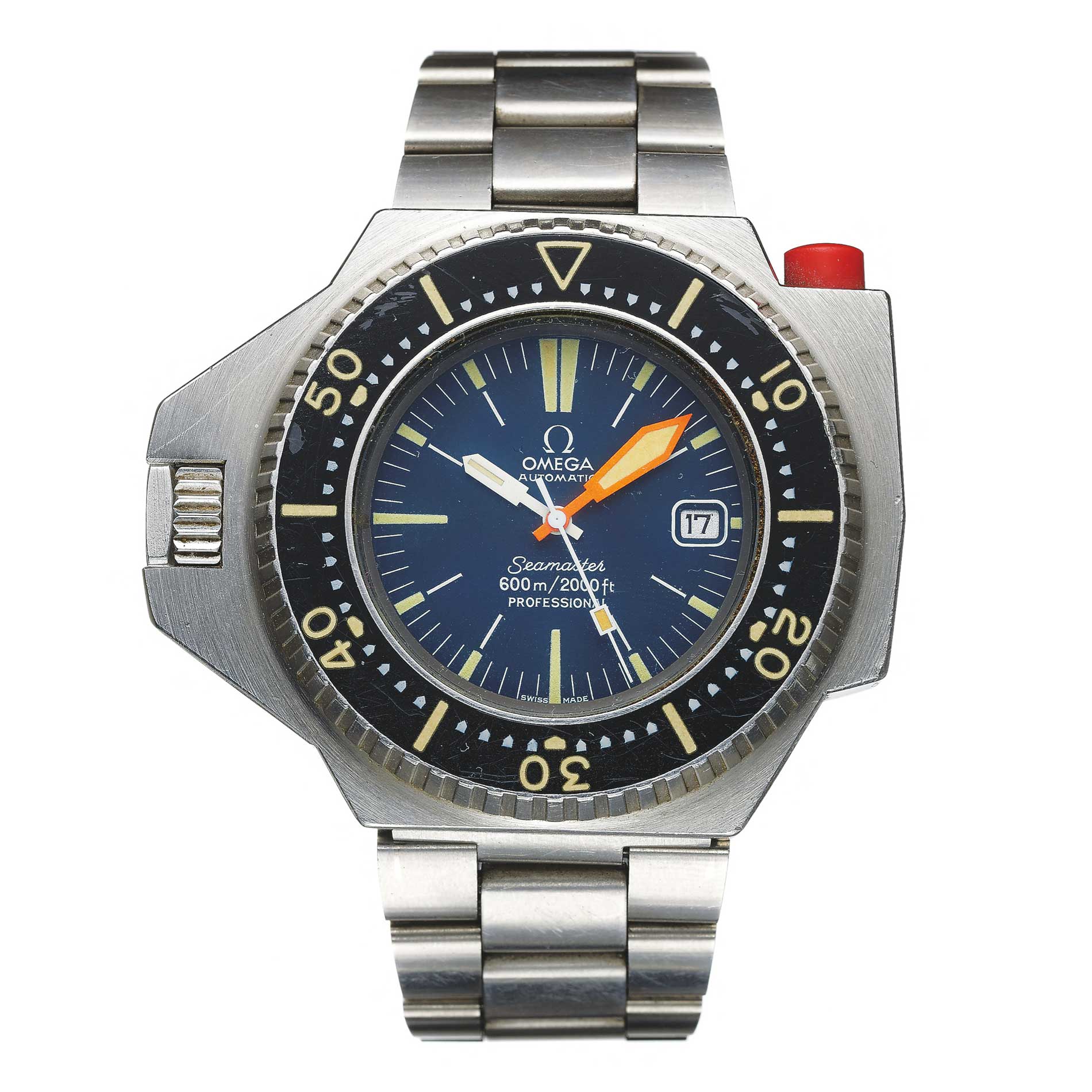
5) Doxa SUB 300T
As commercial diving was booming, so, too, did recreational scuba diving as a pastime for adventurous travellers. These divers still needed a reliable time reference and, although by the late 1960s there were plenty of diving watches available, most were stark timepieces based on military-spec designs. Doxa, a small brand based in Le Locle, started with a blank sheet of paper, not unlike Maloubier did for his military dive watch, and designed the perfect watch for the recreational diver. The result was the SUB 300T, one of the most completely purpose-built timepieces ever devised.
Nothing about the SUB 300T was compromised for topside use. Its trademark orange dial and huge tritium markers provided unmistakable legibility in dark or murky conditions. The hour hand, unimportant on a bottom timer, was shrunk until it was almost vestigial while the all-important minute hand was enlarged and the sweep seconds hand had a big blocky flag at its terminus. The rotating elapsed-time bezel, which stood high off the tonneau-shaped case, had a saw-tooth edge for optimum grip with wet hands and engraved on its steel surface were not only time markings but also the associated depths at which a diver could stay before having to decompress. Finally, the Doxa’s steel bracelet had a spring-loaded expanding clasp for use over a wetsuit sleeve. When it debuted, the SUB 300T was the purest form of diving watch and wearing one left little doubt as to your hobbies. So respected was the watch that Jacques Cousteau wore one and endorsed it by it exclusively wearing it through his years in the US Divers Corporation.
